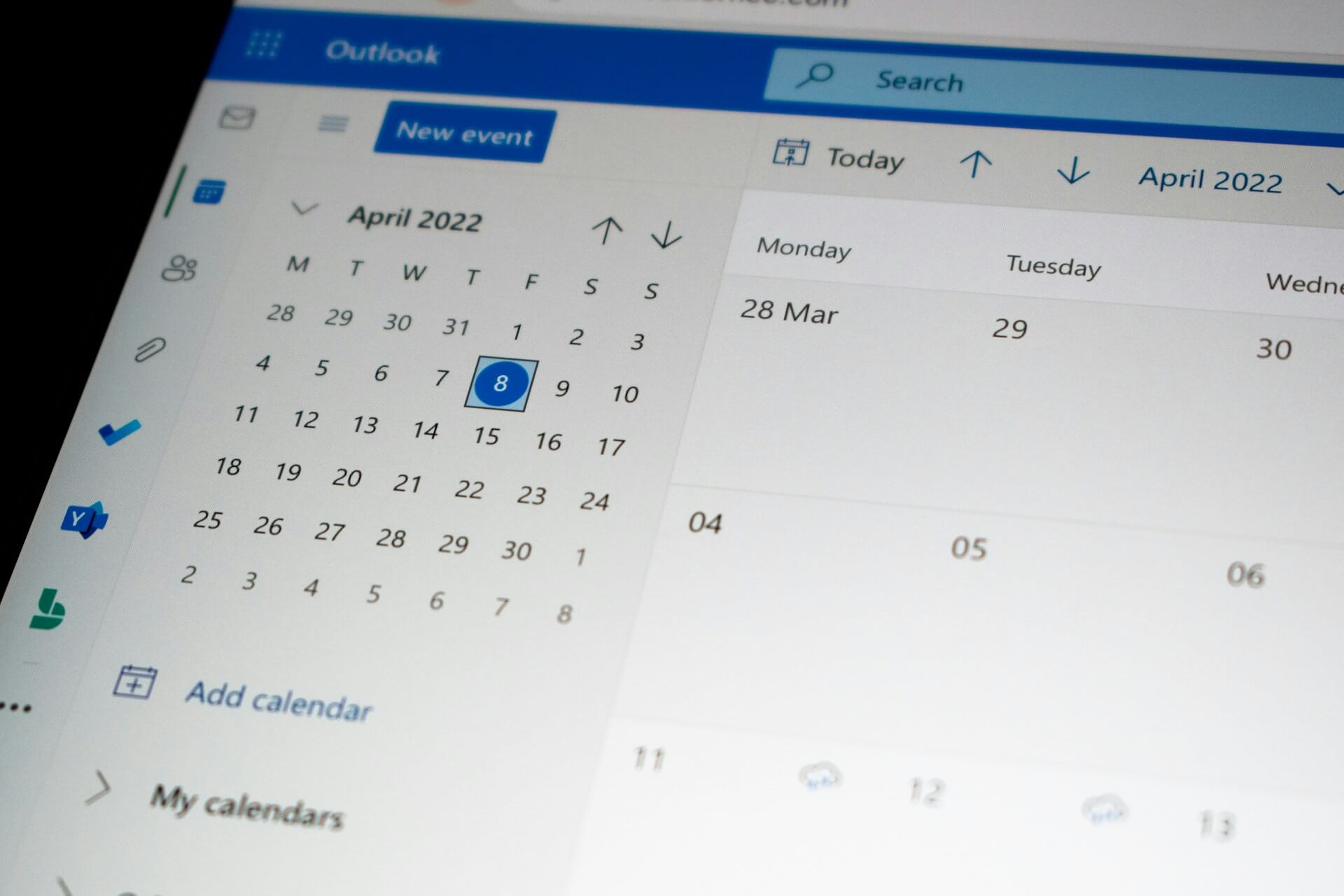How Often Should a SOC 2 Report Be Updated?
Given the dynamic nature of cybersecurity threats and regulatory requirements, understanding the frequency of SOC 2 report updates is essential for maintaining compliance and ensuring continuous protection. In today's fast-paced landscape, organizations must be proactive in managing their security controls to safeguard sensitive information and build trust with clients and stakeholders. Regular updates to SOC 2 reports are not just a regulatory necessity but a strategic approach to staying ahead of potential risks and demonstrating a commitment to robust security practices.
SOC 2 Audit Frequency
SOC 2 reports should be updated annually. This annual frequency is to ensure that the organization's controls remain effective and can address any changes in the threat landscape, business operations, or regulatory requirements. The annual update cycle aligns with the standard 12-month validity period of a SOC 2 report, ensuring continuous compliance and trust.
The annual frequency of SOC 2 updates is based on key factors:
- The landscape of cybersecurity threats is ever-changing. By updating the SOC 2 report annually, organizations can reassess and strengthen their controls to tackle new and emerging threats. This strategy is essential for mitigating risks and ensuring the protection of sensitive information.
- Organizations undergo various changes over time, such as mergers, acquisitions, expansion into new markets, or the adoption of innovative technologies. These changes can impact the effectiveness of existing controls. An annual update ensures that the SOC 2 report reflects the current state of the organization and its operations.
- Service industries have regulatory requirements that mandate regular audits and certifications. An annual SOC 2 update helps organizations meet these requirements and avoid potential penalties or legal issues.
- Clients and stakeholders depend on SOC 2 reports to evaluate an organization's dedication to maintaining robust security and protecting sensitive data. By updating the SOC 2 report annually, organizations demonstrate that they are consistently monitoring and improving their security controls. This regular review and maintenance offer reassurance to clients that the organization remains current and proactive in addressing potential risks and safeguarding their information.
Given the importance of maintaining continuous compliance and the dynamic nature of cybersecurity threats, most organizations opt for the Type II report and update it annually. This annual update cycle ensures that the organization's controls are reviewed and enhanced to address any changes.
The annual audit cycle involves the following steps:
- The organization prepares for the audit by reviewing and updating its controls, policies, and procedures. This preparation phase may include internal assessments and gap analyses to identify and address any weaknesses.
- An independent third-party auditor conducts the SOC 2 audit. For a Type II report, the auditor assesses the controls' design and operational effectiveness over the review period. This involves testing the controls, reviewing documentation, and conducting interviews with key personnel.
- After completing the audit, the auditor issues the SOC 2 report. This report includes the auditor's opinion on the effectiveness of the controls and details any identified issues or deficiencies.
- Based on the audit findings, the organization addresses any identified issues and implements improvements. This remediation process helps the organization enhance its controls and prepare for the next audit cycle.
- The organization undergoes a new audit before the current report expires to ensure continuous compliance. This renewal process typically starts months before the current report's expiration to allow sufficient time for the audit and any necessary remediation.
The Significance of Consistent SOC 2 Updates
It is vital for service organizations to keep their SOC 2 reports regularly updated for several reasons:
- Clients are progressively requiring SOC 2 reports during their due diligence processes. Having an up-to-date SOC 2 report shows the organization’s dedication to safeguarding client data and upholding strong security protocols.
- Achieving SOC 2 compliance sets organizations apart in the marketplace. Companies with up-to-date SOC 2 reports are frequently favored by clients and partners over those lacking such certifications.
- Various industries impose regulations that demand regular audits and certifications. By maintaining SOC 2 compliance, organizations can meet these regulatory requirements and reduce the risk of facing legal challenges.
- Routine SOC 2 audits enable organizations to detect and address security vulnerabilities, thereby minimizing the likelihood of data breaches and other security issues.
- The annual audit process prompts organizations to consistently evaluate and refine their controls. This method ensures they remain ahead of emerging security threats and sustain a robust security posture.
Best Practices for Maintaining SOC 2 Compliance
To maintain SOC 2 compliance and ensure the timely update of SOC 2 reports, organizations should consider the following best practices:
- Form a team responsible for overseeing SOC 2 compliance. This team should include members from various departments, such as IT, legal, and operations, to ensure a comprehensive approach.
- Use automated tools and technologies to continuously monitor the effectiveness of controls. This helps in identifying and addressing issues in real time, rather than waiting for the annual audit.
- Perform regular internal audits to assess the effectiveness of controls and identify areas for improvement. Internal audits provide valuable insights and help in preparing for the external audit.
- Keep abreast of changes in the cybersecurity landscape, regulatory requirements, and industry best practices. This knowledge helps in updating controls and policies to address new challenges.
- Regularly communicate with clients to understand their expectations and requirements related to SOC 2 compliance. Client feedback can provide valuable insights and help in enhancing the organization's controls.
Closing Thoughts
To summarize, updating SOC 2 reports annually is crucial for maintaining continuous compliance and ensuring the effectiveness of internal controls. This yearly update corresponds with the standard 12-month validity period of SOC 2 reports and addresses the evolving nature of cybersecurity threats, business changes, and regulatory demands. Consistent SOC 2 updates are vital for strengthening client trust, gaining a competitive advantage, meeting regulatory obligations, managing risks effectively, and promoting ongoing enhancements in security practices.
Compass is here to assist organizations in navigating the complexities of SOC 2 compliance. With our expertise and comprehensive solutions, we can help you streamline the audit process, identify areas for improvement, and maintain robust security controls. Our dedicated team collaborates closely with you to ensure that your SOC 2 reports are always up-to-date, reflecting the highest standards of security and compliance. Contact us today to learn how we can support your SOC 2 compliance journey and enhance your organization's security posture.
Contact Us
Share this
You May Also Like
These Related Stories

How Long Is A SOC 2 Certification Good For?

Understanding SOC 2 Audit Opinions: An Auditor’s Perspective

.webp?width=2169&height=526&name=Compass%20white%20blue%20transparent%202%20website%20(1).webp)
-1.webp?width=2169&height=620&name=Compass%20regular%20transparent%20website%20smaller%20(1)-1.webp)
No Comments Yet
Let us know what you think